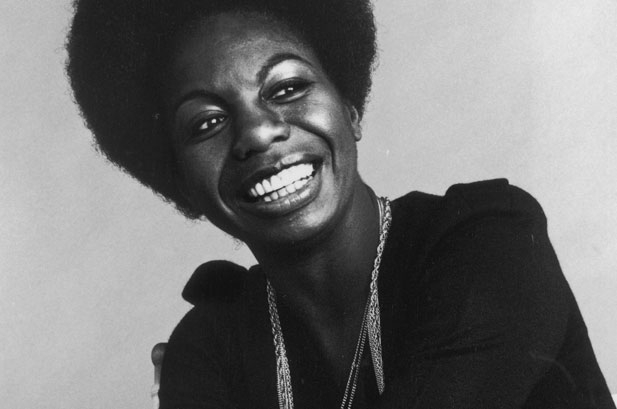What Happened, Miss Simone?

Summer TV re-runs give me the ho-hums. They drive me to Netflix for excitement. That’s how I happened upon “What Happened, Miss Simone?” Nina Simone was a jazz, blues, folk, gospel and pop artist, as well as a song writer and activist. She was famous in the sixties for her sultry voice, piano prowess and soulful songwriting. Called by some “The High Priestess of Soul,” she was born in the South to working parents. She learned to play the piano at age three, became an accomplished musician with the help of a generous benefactor, mastered the music of Bach and other composers, but was unable to advance her career in classical music. Instead, the gigs available to her required her to both play the piano and sing, which she did with a deep, seductive, throaty tone. That voice became her signature and also her instrument of survival. It made her one of the most celebrated chanteuses of her time.
She used her celebrity to speak out about the prevalent racial inequality in our country through songs like “Mississippi Goddam,” which, not surprisingly, was boycotted in many southern states. Tragic suffering, abuse, undiagnosed manic depressive disorder and homelessness plagued her life in the seventies, but never tarnished the luster of her reputation as a singular artist of our times. For me, Nina Simone’s legacy was her belief that “artists need to reflect their times.” That she did, and the story of her life is inspiring, sad – definitely not ho-hum.


Connect with Janet